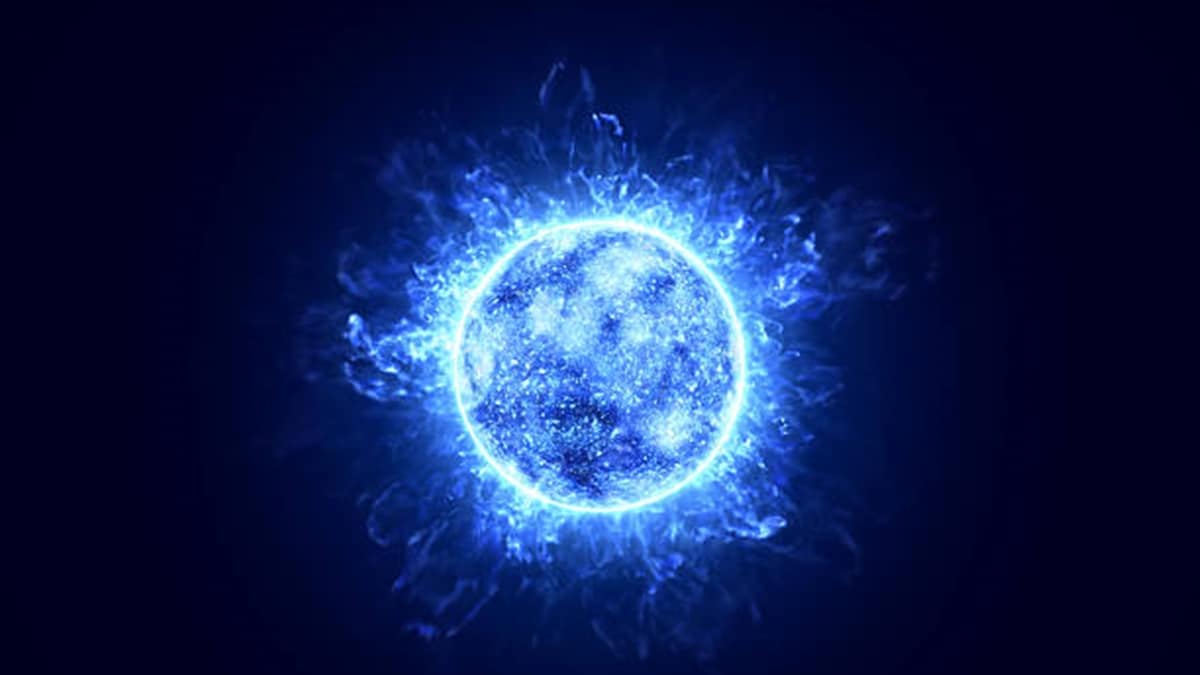Space researchers have seen what they accept is the most enormous known illustration of an item called a neutron star.
It has been known as a "dark widow" since it acquired a lot of its mass by taking it from another star which it circles.
The star as of late found by space experts turns in excess of multiple times consistently. Its mass is 2.35 times more prominent than our sun. The specialists said the star is near the most noteworthy conceivable mass for an object of its sort. On the off chance that it were any more enormous it would fall into a huge dark opening.
The specialists distributed their discoveries as of late in Astrophysical Journal Letters.
A neutron star is the thick, imploded focus, or center, of a monstrous star that detonated in an occasion called a cosmic explosion. This neutron star is a sort that is profoundly polarized, called a pulsar. From Earth, pulsars seem to radiate light more than once in short minutes, similar to a beacon.
Just a single other neutron star is known to turn all the more rapidly.
Roger Romani is overseer of Stanford University's Center for Space Science and Astrophysics in the U.S. province of California. He composed the examination. Romani said, "The heavier the neutron star, the denser the material in its center."
Romani added, "So as the heaviest neutron star known, this article presents the densest material in the detectable universe. On the off chance that it was any heavier it ought to implode to a dark opening, and afterward the stuff inside would be behind the occasion skyline, perpetually closed from any perception."
Researchers utilize the expression "occasion skyline" to portray a guide close toward a dark opening past which nothing can evade including light.
Romani said, "Since we don't yet have the foggiest idea how matter functions at these densities, the presence of this neutron star is a significant test of these actual limits."
The star is authoritatively known as PSR J0952-0607. It is around 20,000 light a very long time from Earth. A light year is the distance light goes in a year. The specialists concentrated on it utilizing the Keck I telescope in the province of Hawaii.
Stars that are around at least multiple times the sun's mass change the substance hydrogen into heavier components. At the point when they develop around 1.4 times the mass of our sun in the component iron, their center implodes into a neutron star.
A neutron star is tiny — about the size of a city. However, inside that little region, it holds more mass than our Sun.
The cosmologists consider this sort of star a "dark widow." The name comes from a sort of arachnid. The dark widow female is known to eat the male in the wake of mating. Space experts refer to star frameworks with related characteristics as "insect pairs."
The star is accepted to have begun as a neutron star with the typical mass, around 1.4 times that of our sun. In any case, its gravitational draw took material from the star in its framework.
That seems to have made it gain mass approaching as far as possible. Past that cutoff, researchers say, the star ought to fall into a dark opening. Dark openings are the densest of every single known object.
The other star in the framework has lost around 98% of its mass to the dark widow star. It stays multiple times the mass of our nearby planet group's biggest planet, Jupiter. Yet, undeniably less monstrous than an ordinary star.
I'm Gregory Stachel.
Will Dunham detailed this story for Reuters. Gregory Stachel adjusted it for VOA Learning English.

